A-Class Worlds 2016 @Medemblik: Report by Arno Terra (II)


 Report from Medemblik by Arno Terra. Arno went back sailing and foiling after Bordeaux, now on an Exploder D3. Check also Gordon Upton report & more pics at IACA official web: www.a-cat.org
Report from Medemblik by Arno Terra. Arno went back sailing and foiling after Bordeaux, now on an Exploder D3. Check also Gordon Upton report & more pics at IACA official web: www.a-cat.org
———-
———-
“Yesterday I had my first outing on the D3 and boy what fun it was. The last time I had a decent flight was two years ago at Bordeaux and it was immediately clear what I had missed.
The D3 is a very stiff boat and the flat decks make it easy to get in and out of the boat. The boat feels very slippery in floating mode upwind, although some slamming occurs at lower wind speeds in the smaller chop. Once over 9 kts the boat gets into a skimming mode and you will sail as if there is no chop anymore.
The boat has a very flat bottom and is clearly optimized for skimming, where DNA choose to optimize light weather performance.
In yesterday’s conditions with gusts, big shifts and wind holes, flying was far from easy but still lots fun. The new boats are very sensitive for set-up. The topriders set their mast pretty straight, theoretically it should be straight in max nose down trim and tune the rudder rake to the circumstance. Not enough lift on the rudder gives you a nose up trim, which may cause that you get stuck into a skimming mode and too much lift feels tricky.
You better bring your key nr 10 on the water, which I unfortunately forgot to do myself.
The Z10 boards are a big step forward for the Exploder as it bring the behavior much closer to the DNA. The difference is mainly in the sections which are picked and designed by Gonzalo, who designed the section for the DNA too (not the board, just the section).
The area and the outline of the Z10 is pretty similar to the Z5, but it is the change of sections which makes it work now.
I always have felt that the DNA boards were a bit smallish and slightly too steep. As you can see in the pic the Z10 is slightly more level and has more effective span.
That looks logical now, but do not forget that the Z5’s were similar and that is the combination of the
size and the sections used. The topriders report to sail with very little lift on their boards, just 20 mm in the slider. That way they exploit the ‘drag bucket’.
The drag bucket is the range in which the foil has the lowest drag. Drag is therefore not linear, but between 1 and 2 degrees you have a low drag zone. The DNA board has even a more aggressive drag bucket and that’s why people keep the rake at about about (plus or minus a half degree) 1,3 degrees, the bottom of the drag bucket.
The topriders do not try to maximize lift, but use the lower drag to maximize speed as lift increases not lineair but squared . Once they are up, the boards are still in low drag position and because the rudders keep the nose down, there is no drag bump and boat keeps accelerating.
Stevie, Darren and Carolijn are experimenting with pulling up the weather board. This makes sense, although for different reasons you might think.
With the older sections you had to raise the windward board because it was so draggy. If you are foiling upwind you can improve your angles by pulling up the weatherboard slightly, that way the lateral force of the leeward board stays always bigger than that of the windward boards. In floating mode with heel the windward board pushes even back harder as it is more vertical. if there is leeway this effect is less and in footing mode this effect is stronger.
Based on my experiences with the J-board I would not pull up the board the full hull height bust just half of that. If the tip of the board gets too close to the surface that will create extra drag.
The new T-foil rudders of the Exploders seem to function pretty well, they are placed more inward which lessens the interference with daggerboards, the same reason DNA placed the rudders more outside.
Sailors are reporting to regularly,break winglets L’s and rudders by sailing with a kicked up rudder. That’s why we can expect to see cassette rudders castings at all boats next year. Therefore be careful when sailing in and out and be sure that the rudder cannot kick-out to easily while sailing.
It is great to see how hard the topriders work to find the right settings and to develop the best adjustment systems. In our class the topriders are not only very competitive but also true community members as they do share their new findings and show their new developments.
The weather forecast shows very lightwinds for Sunday, very strong for Monday and marginal foiling for Tuesday and Wednesday.
The topriders will kill the floaters in any circumstance but the lesser experienced foilers may have their hands full to beat the best floaters. It takes some time to master foiling.
To start foiling is easy but to get the most out of it takes practice, practice and practice. Take advantage of the topriders and see how they do it and just try to copy them, that will give you the best learning curve. Just like I improved myself by copying Mischa.
I will not be in the regatta myself this year but will actively follow the event and I am glad that I am back with my own boat in our wonderful community.
Arno
———
———

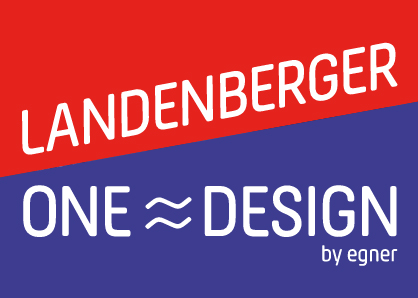
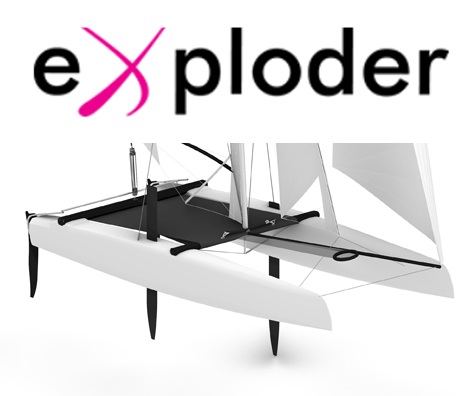
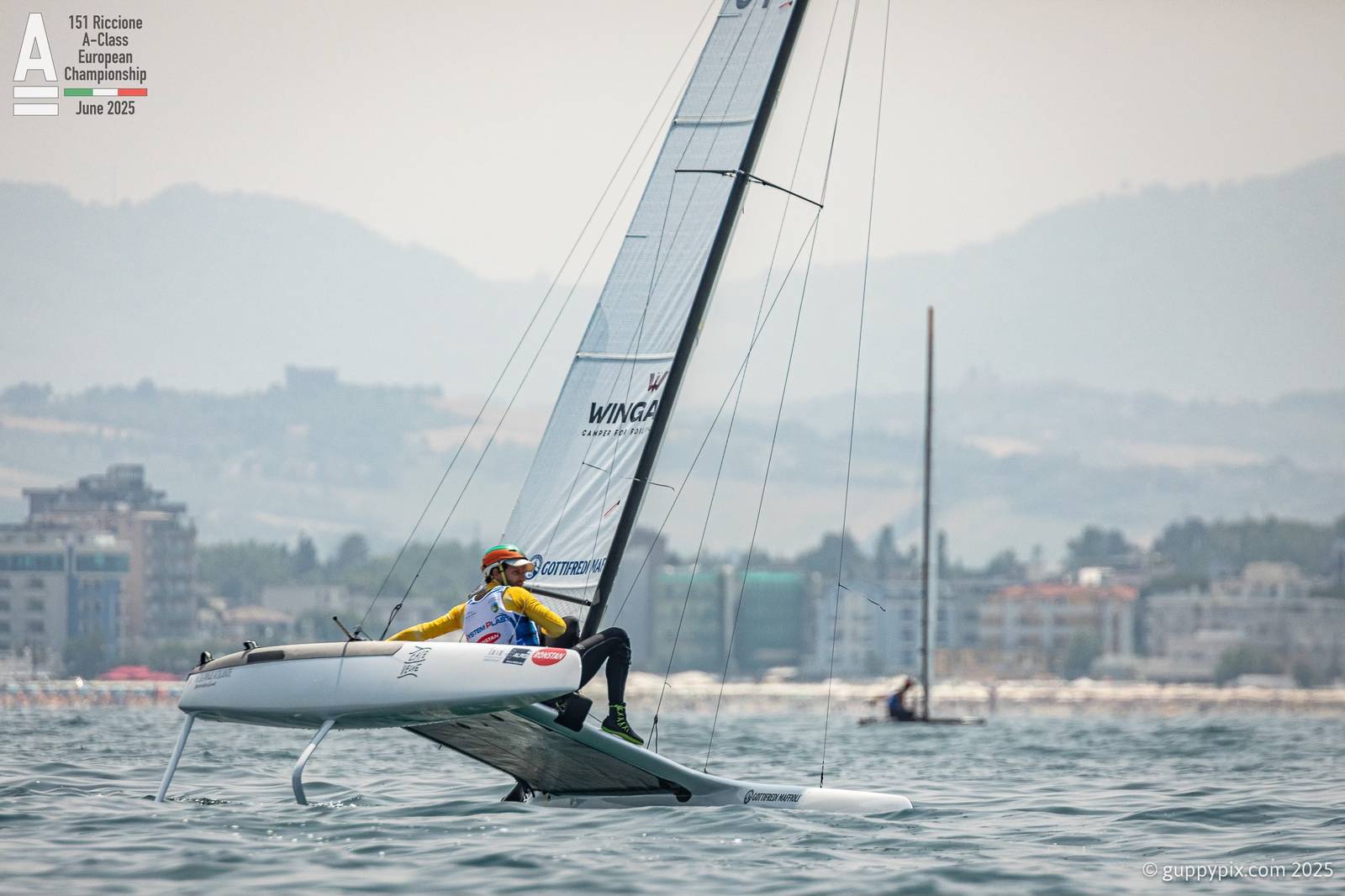
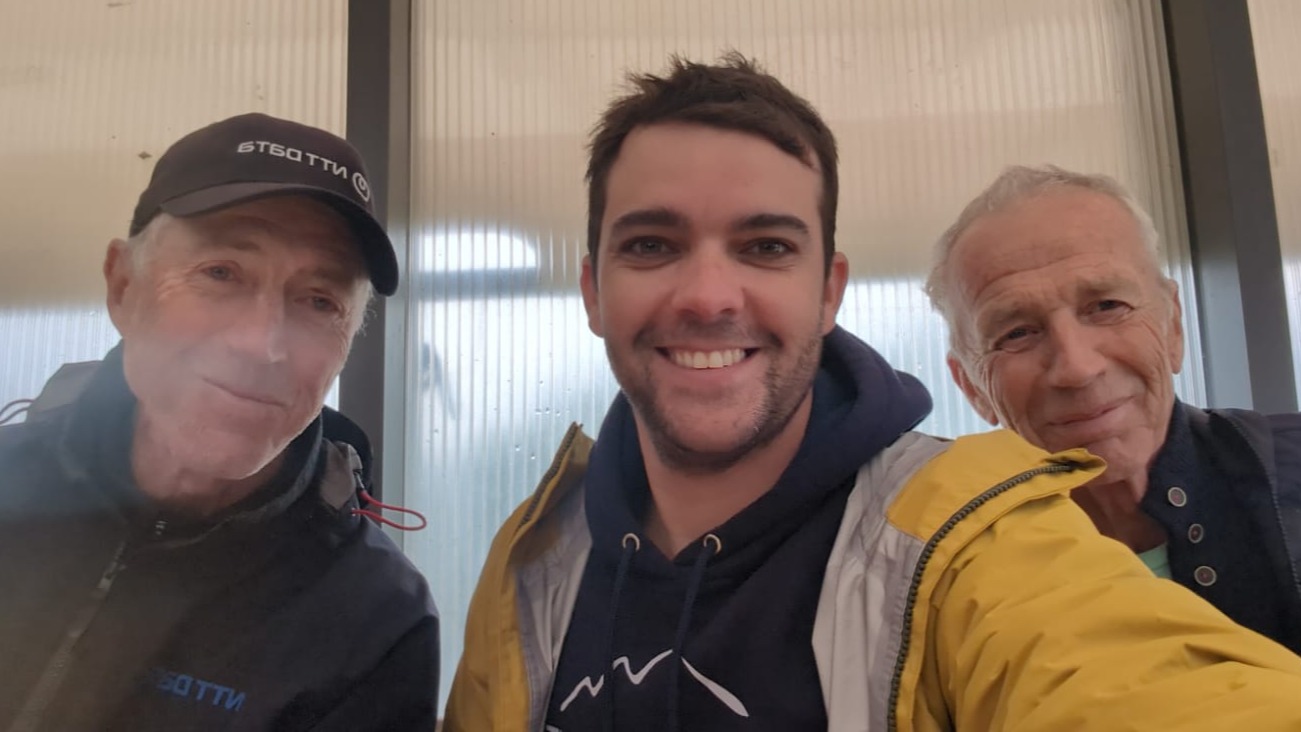
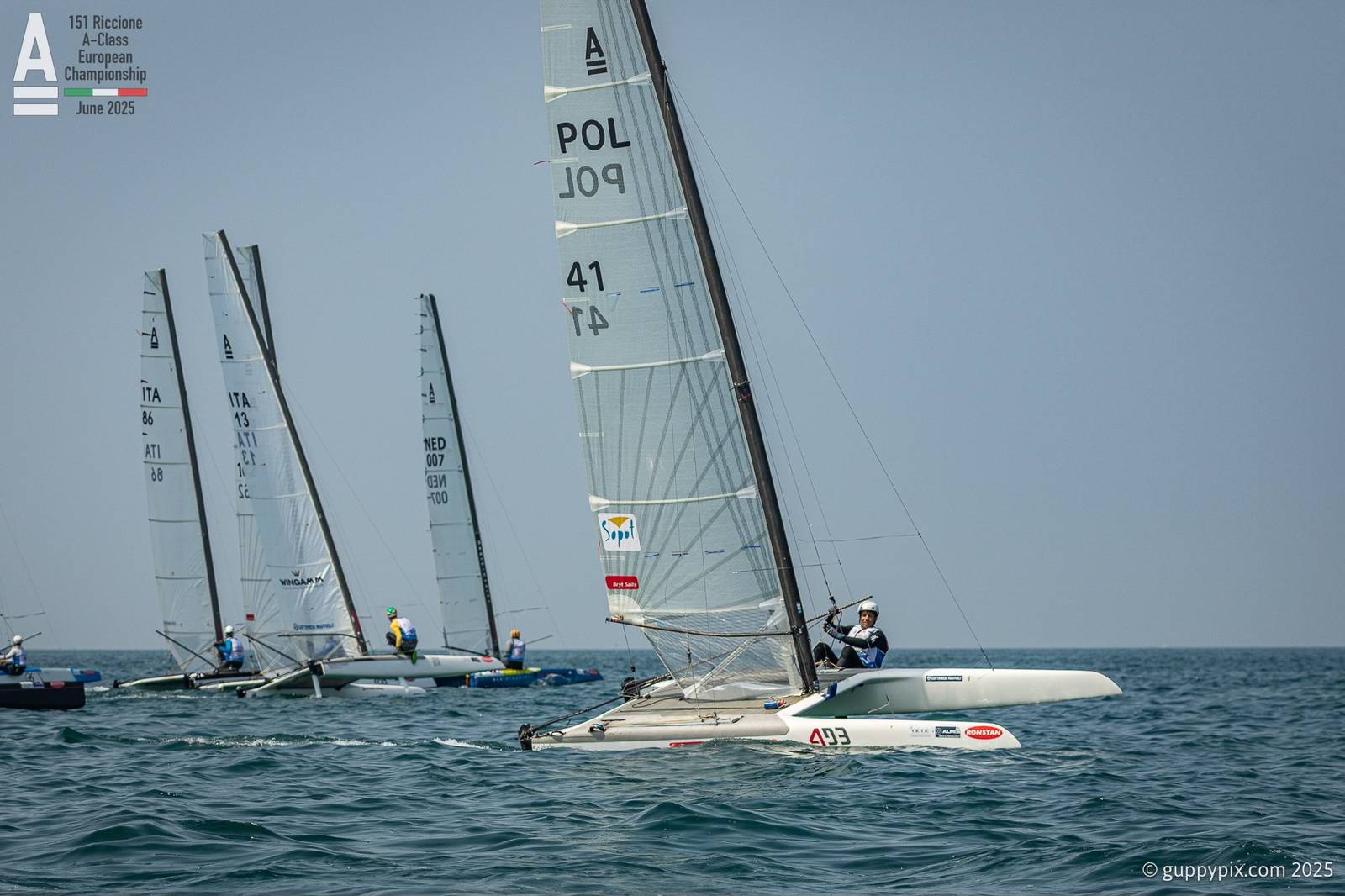
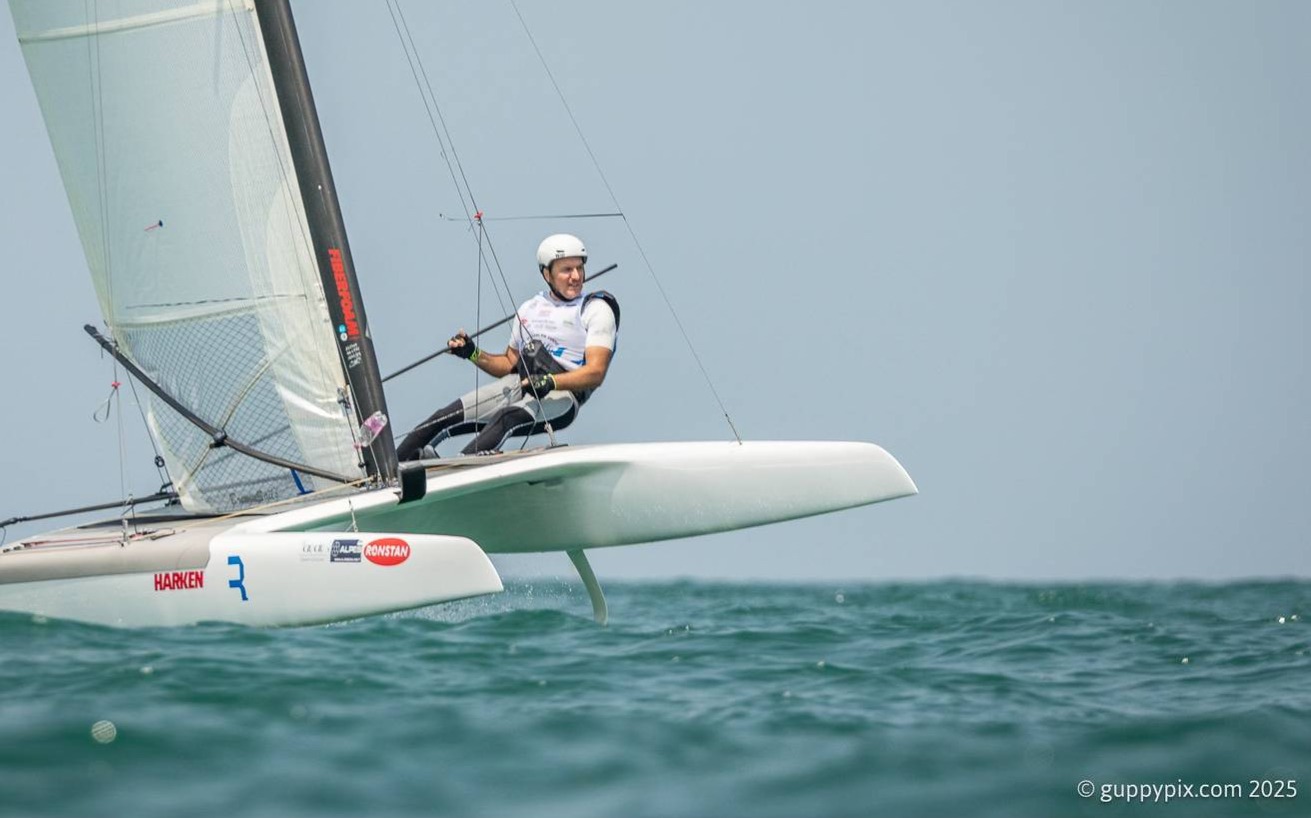
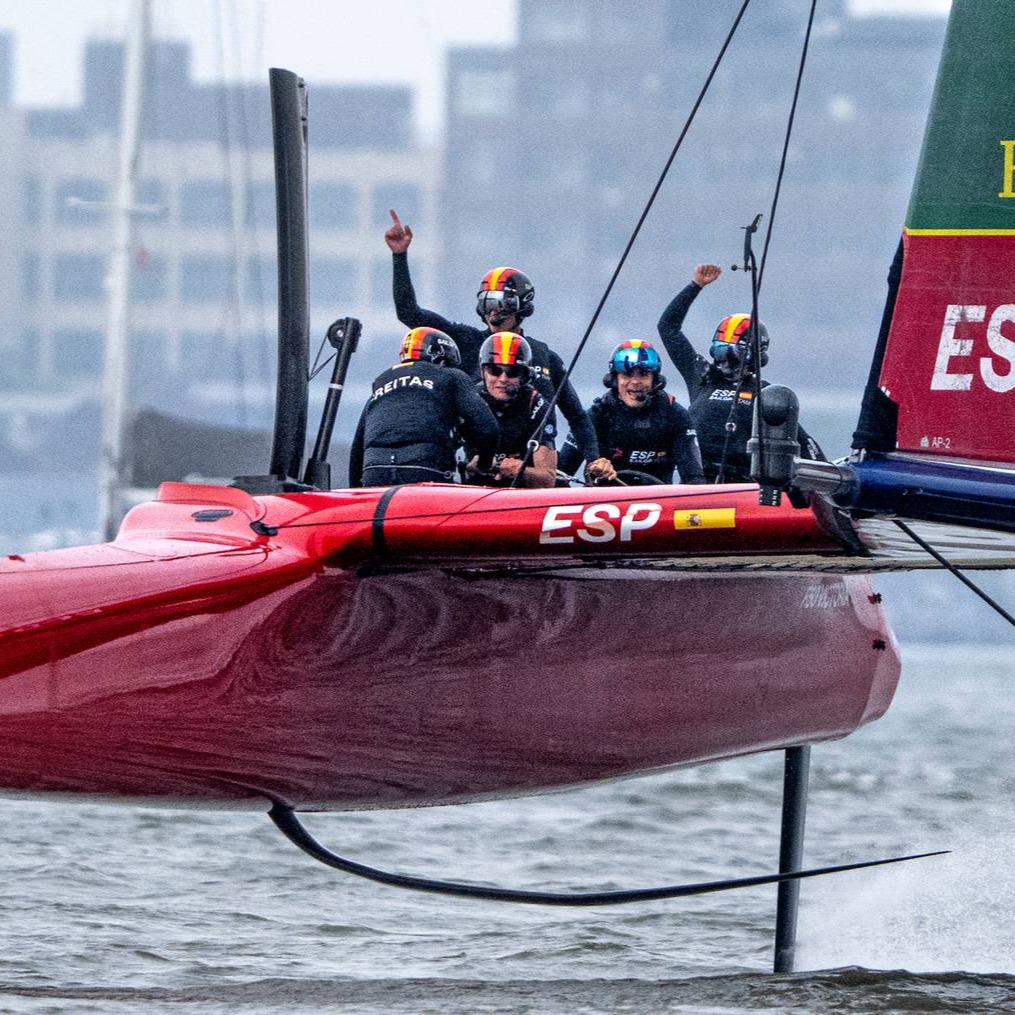
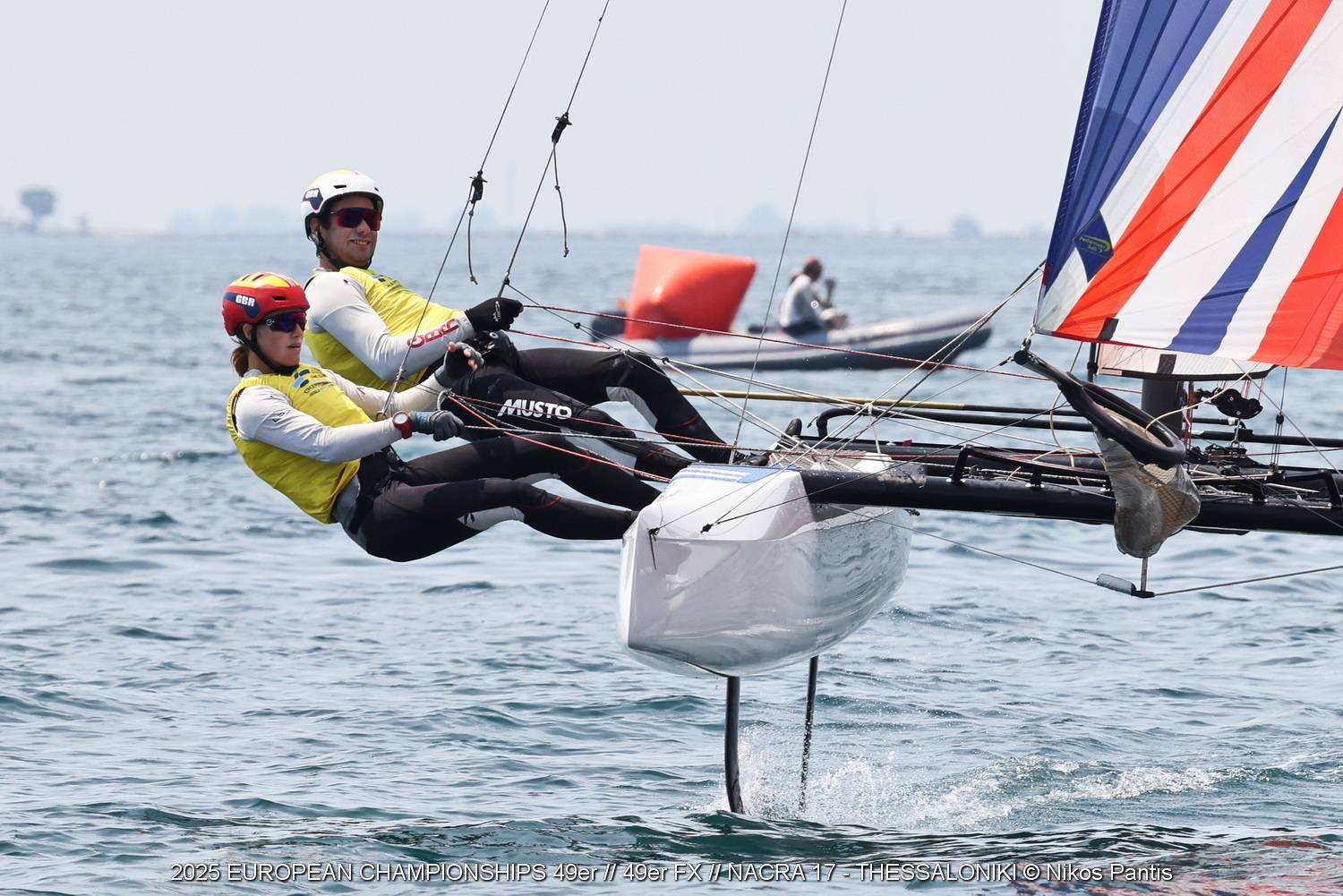
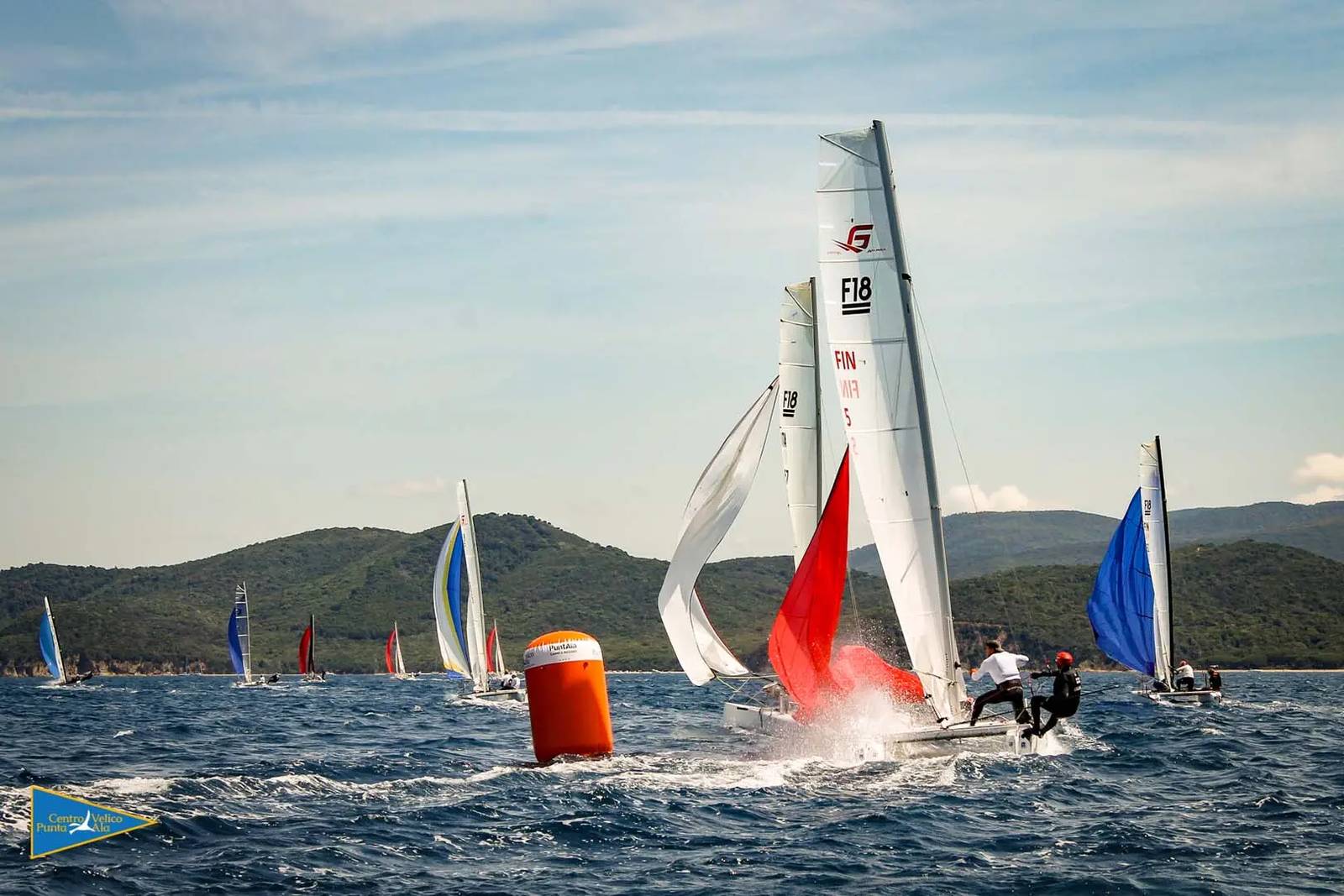
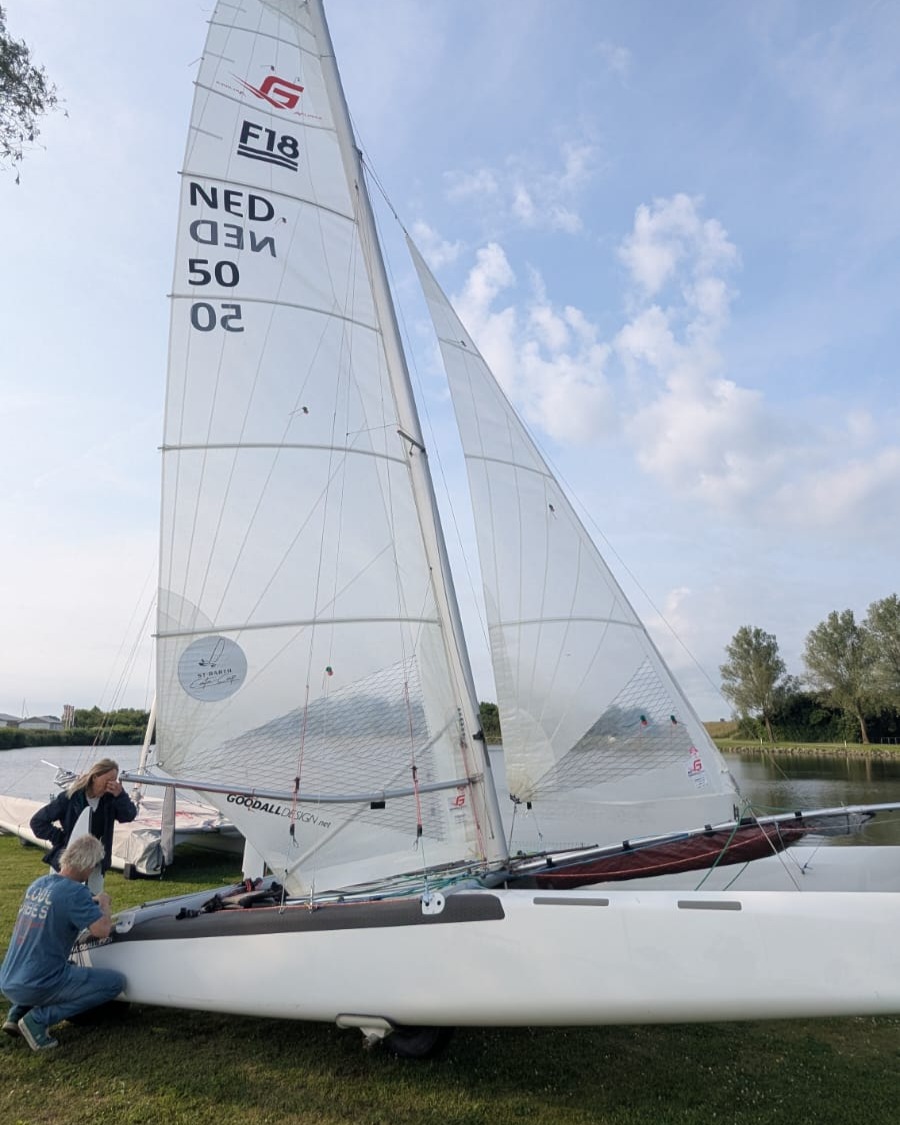
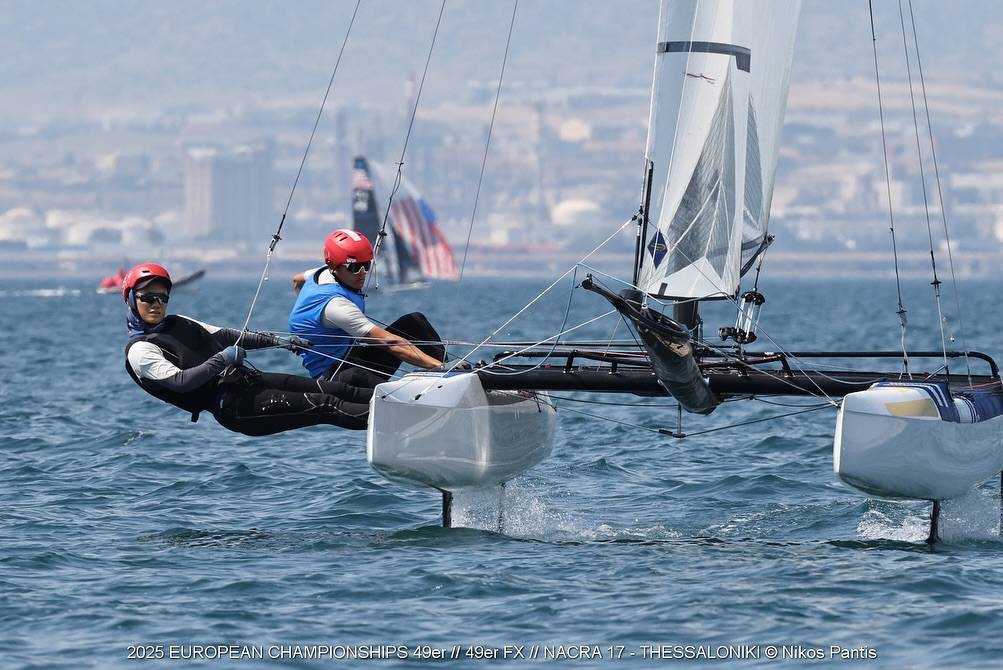



















Scotti used his Nikita
Teo di Battista , 3° of Classic using Exploder Ad3 2016 version instead Scheurer .
I just heard that my great sailing friend and former CEO of Hobiecat Europe has passed. May The endless oceans…
...Report was sent by an F18 Sailor, if you want Hobies reported send your own, we'll publish as usual. Cheers.
Looks like in your report the Hobies are not really present. Suggest to rewrite the article.